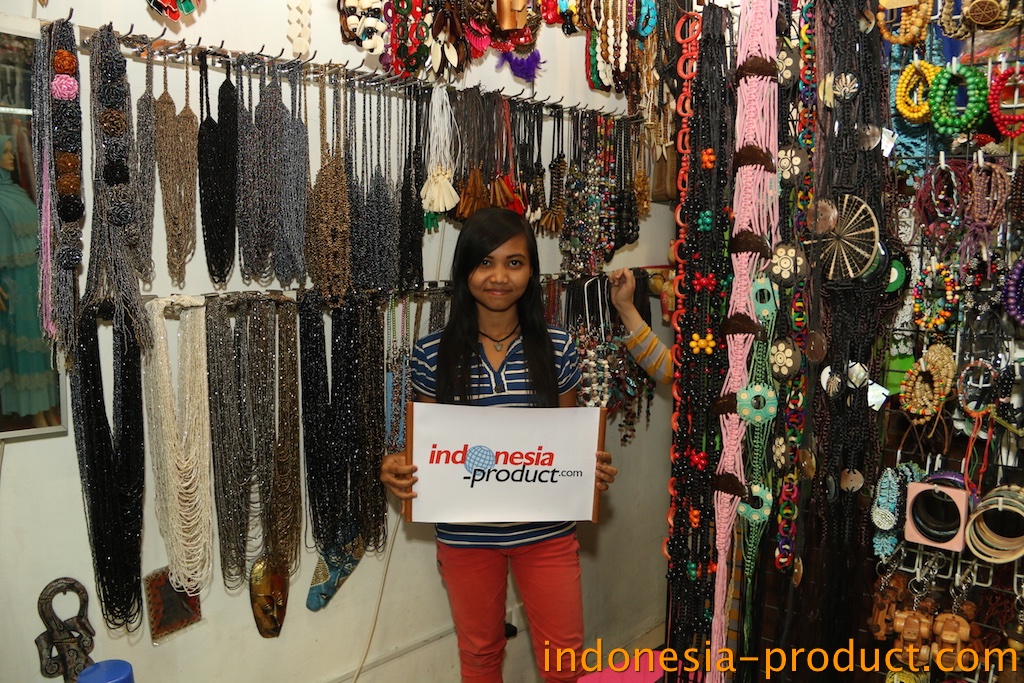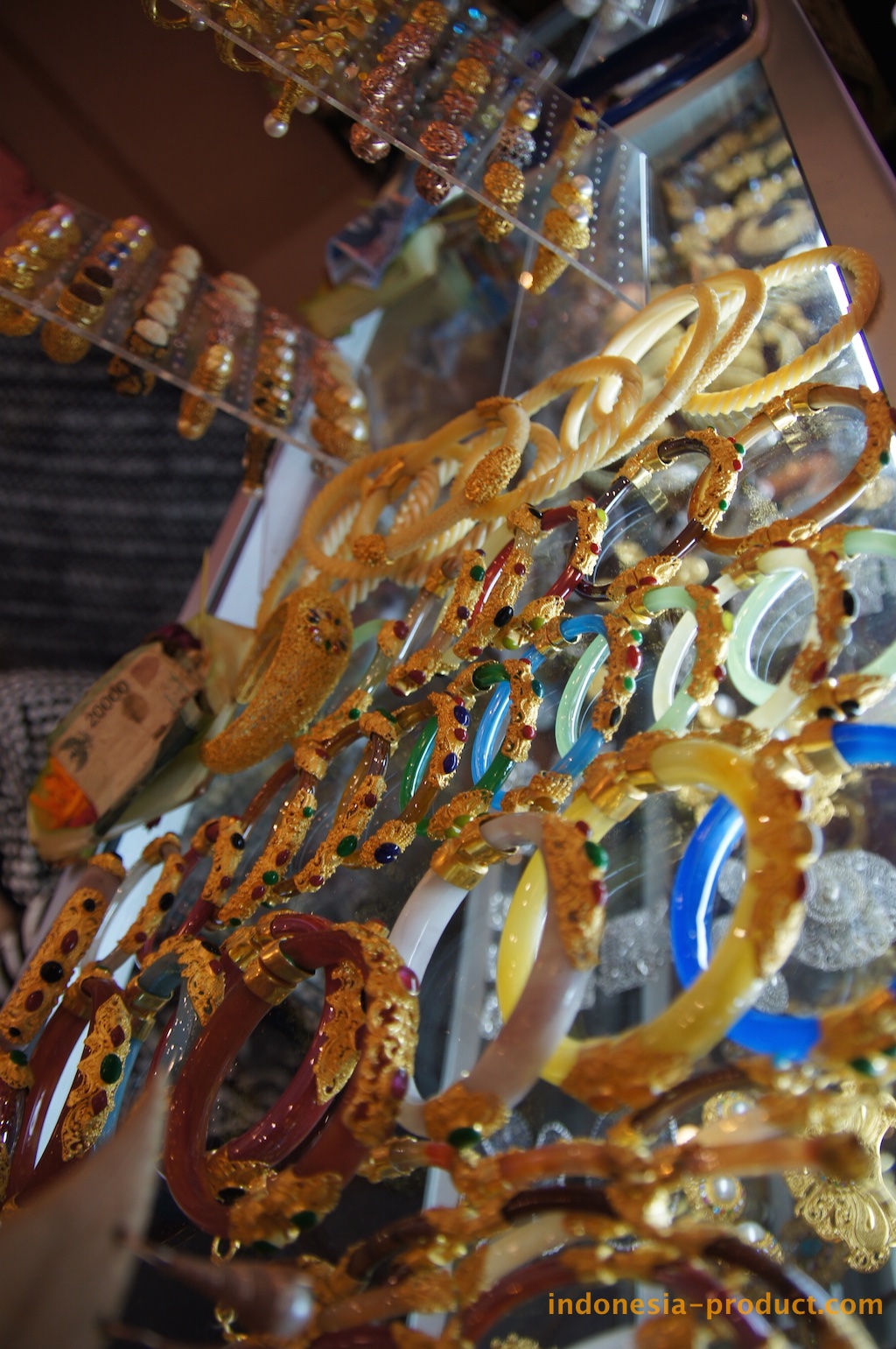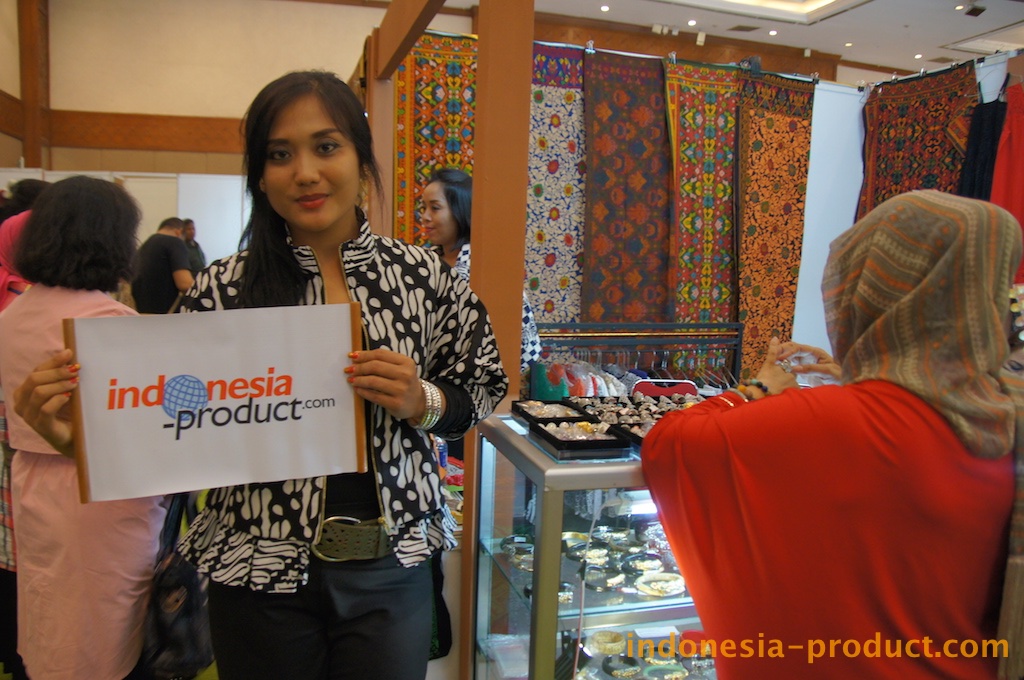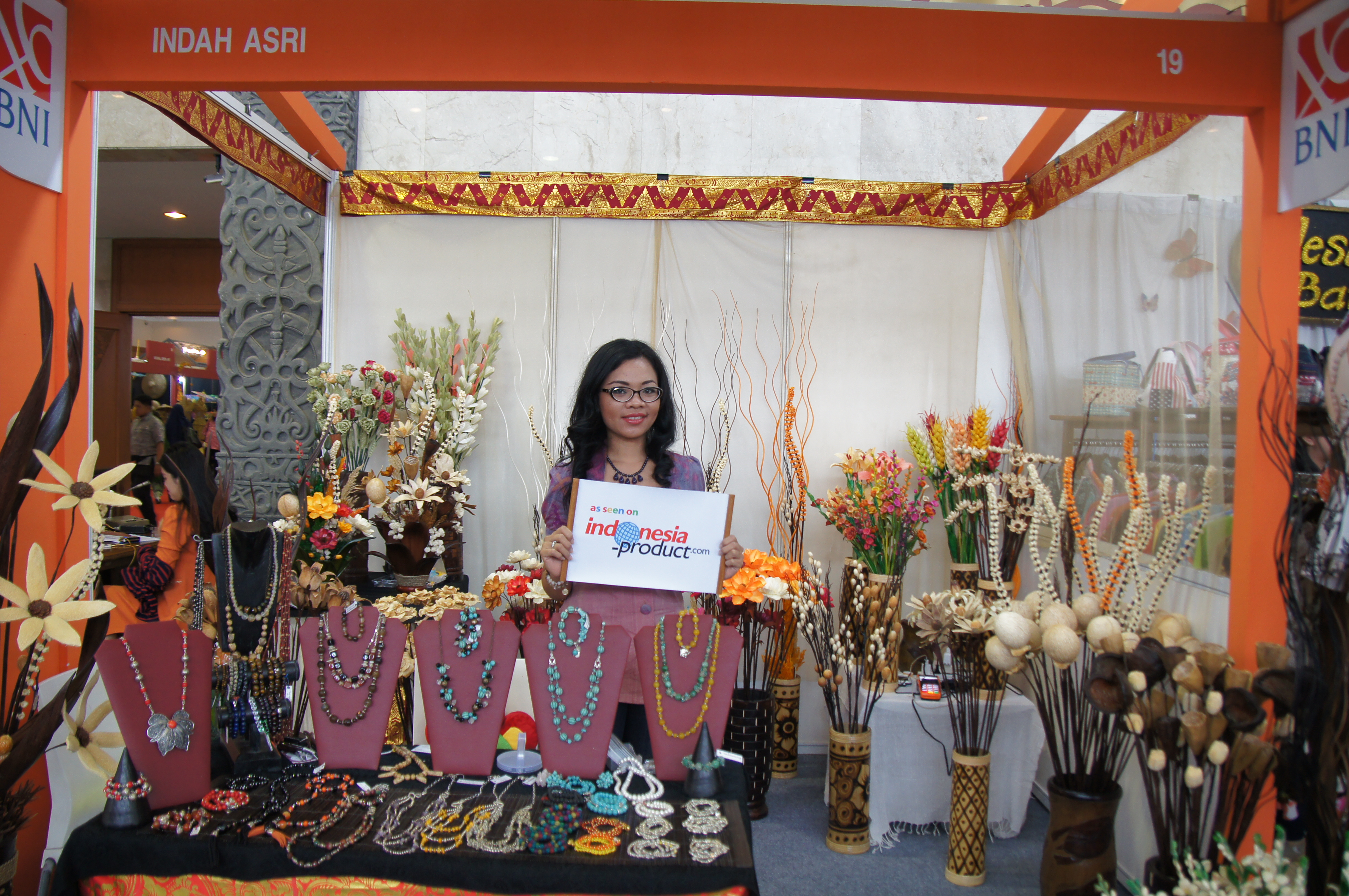Are you a walking ‘lead’ container?
By Thelma Sioson San Juan
Inquirer
Inquirer.net, Philippines
Last updated 04:11am (Mla time) 09/14/2007
MANILA, Philippines—We woke up to the sad news Tuesday that The Body Shop founder Anita Roddick had died, at 64, of brain hemorrhage.
Roddick was a woman ahead of her time. She championed the use of environment-friendly products and condemned product testing on animals long before doing so became a global cause. When she opened a small store in 1976 in her native Brighton, England, to support her two daughters, the world wasn’t even into organics or natural products. Her The Body Shop brought the modern consumer back to the use of basic, home ingredients that Roddick remembered her mother had been using in the World War II years.
Her simple, back-to-basics approach to beauty and personal care changed the way women worldwide preferred their products. Women’s Wear Daily called her a maverick for going against the tide of traditional beauty retail practices.
The Body Shop, with over 2,000 stores worldwide, was bought last year by L’Oreal. Businessmen do not readily realize how Roddick’s The Body Shop is a perfect example of good business coming from good vision. Have an idea that serves the common good, and money follows. That’s a better business formula than greed.
How safe
Interestingly, Roddick’s death comes at a time when consumers and industries worldwide face the health threat posed by the use of lead in products such as cosmetics, jewelry and fashion accessories. This comes in the wake of the recall of toys, children’s clothes, pet foods from the market, after they had been discovered to contain unhealthy levels of lead. According to Women’s Wear Daily, some toys use lead-based paint and some children’s clothes are tainted with formaldehyde.
In an extensive report, WWD cited how Juicy Couture recalled 2,800 units of children’s jewelry in 2006 due to high lead levels.
Leading fashion and beauty brands across markets are reportedly scrutinizing anew their supply chain. About $21.6 billion worth of apparel is imported annually into the US, from China, according to WWD. It’s interesting to note that the Fashion Jewelry Trade Association in the US is working on the regulation and standardization of lead levels in jewelry.
Anything with metal is a concern, be it ring, earrings or even bags. Metal, PVC, plastics are suspects for their toxicity. WWD reported that lead should make up no more than 10 percent of the jewelry’s total weight for adults, and for kids, only 0.06 percent.
Can you believe it? As if we weren’t paranoid enough about our health and safety, now we have to be conscious as well about the beauty, fashion products we buy—from hair dye to even our bags and bangles. At least we know that leading global brands are making sure they follow strict standardization levels.
With increasing globalization, the sourcing and manufacturing in one place, and brand management and marketing in another, is bound to become a big issue. The supply chain is changing fast, thus the need for strict monitoring and regulation systems. Raw materials and manufacturing are done in countries whose governments and regulatory bodies may not be as strict as the brand wants them to be.
In another report, WWD noted how interestingly, the core expertise of many of today’s brand executives is marketing, not manufacturing or production, so it doesn’t help that they are far removed from the supply chain. This is another issue that’s cropping up.
So what must beauty and fashion consumers do? They must always be well-informed about the products they use. And go for reliable brands.
Tennis runway
“The courts are now a runway†is how a fashion retailer put the parade of tennis outfits in the just-concluded US Open in Flushing Meadows, New York. What’s more, the tennis outfits are now divided into day and night wear.
The Manhattan retailer noted that the demand for tennis outfits—from Nike, Adidas to Lacoste—had spiked in the past five years. The obvious reason, of course, is that there are stylish tennis masters and hunks. There’s also the “it†girl, Maria Sharapova.
These tennis icons end up designing the lines themselves—Sharapova and Venus and Serena Williams. In the US Open, Sharapova wore Nike black and white outfits, with the New York skyline on the shrug of the top. She also had fresh water pearls in a setting done by Tiffany’s. But, as you well know, she crashed out. But then we’re talking style.
We also love the peach color of Jelena Jankovic’s two-piece Reebok, and, of course, Ana Ivanovic’s Adilibria skort and cap-sleeved top. But what we always find most stylish are Lacoste’s French women—Tatiana Golovin’s polka-dot tennis dress, and always, Nathalie Dechy’s slim white top with trimming down the shoulders and polka-dot white skirt. Theirs is the stylish mix of the sporty look, feminine touch and good design. Of course it helps that they’re sooo slim.





